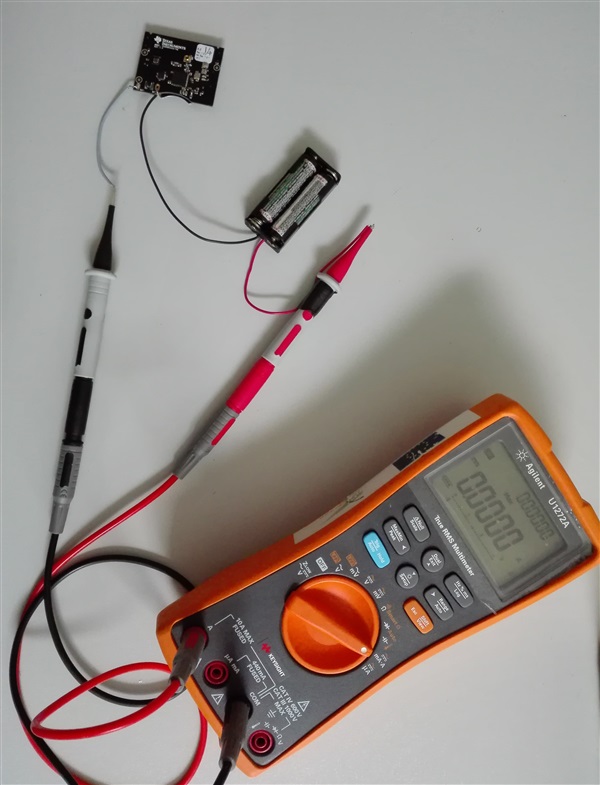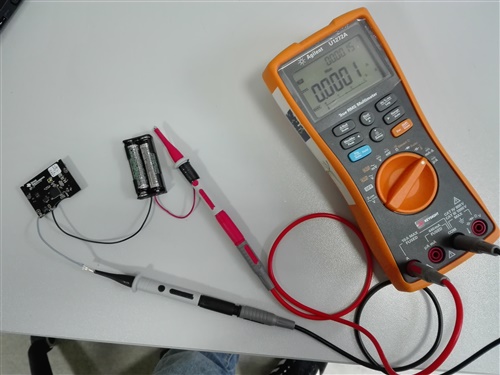Other Parts Discussed in Thread: HDC1000, Z-STACK, CC2650, OPT3001, TMP007
Hi to everyone,
I have develop and managed the firmware for CC2650STK and now I would like to start making accurate test of Power Consuption.
In my case the features enabled on the CC2650STK are:
- JOIN to Coordinator (with AUTO-BIND enabled)
- REPORT of temperature (HDC1000)
- REPORT of acceleration (MPU9250)
And I want to disable every features on firmware (to save battery)...It's possible to disable POWER_SAVING on CC2650STK? and I want understand if the "data request polls to the coordinator" is enabled (variable ZNWK_POLL_RATE) by default on SensorTag application?
thanks






